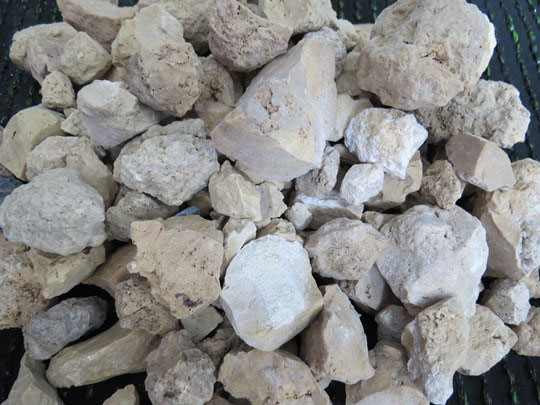
Calcium aluminate is a naturally occurring mineral, with applications in numerous industries. The range studied was chosen to obtain leachable phases and was supported by theoretical calculations. Here are some examples of its use. We also discuss its production and XRD analysis.
XRD analysis is an effective method of analyzing the composition and viscosity of calcium aluminate refining slag. The crystalline structure of the slag is essential to understand its properties, which vary according to its applications. The crystalline structure is not uniform, and this makes it difficult to predict its properties. This analysis can also help to identify the sources of variability in the properties of the slag.
The slag that is formed in the secondary refining process is usually very finely grained and contains a large amount of aluminate. XRD analysis can help to determine the properties of the slag and determine its potential for reuse. For instance, calcium aluminate can be used in the production of cement. However, this process does not preserve the original reactivity of the material.

Calcium aluminate refining slag is a byproduct from the aluminum industry. Its major components are Al2O3, AlN, and Na3AlF6 and it is considered a hazardous waste. Harmless treatment and resource utilization of this byproduct have important economic and social implications. In this study, the preparation process and chemical composition of calcium aluminate slag were studied. Melting point measurement and phase diagram analysis were used to determine the correct ratio of CaO and secondary aluminum dross and the appropriate calcination temperature.
X-ray elemental mappings of calcium aluminate refining slag have shown that it consists of two distinct phases, B-Slag and I-Slag. The dark structure contains higher percentages of Al2O3, TiO2, and SiO2 than the bright structure. Likewise, the bright structure contains higher amounts of calcium and silicon than other elements. X-ray elemental mappings of the two types of slags reveal that the bright-coarse grain is the dominant phase, while the darker-colored grain is the secondary phase. Both phases are characterized by the presence of complex oxides between the Ca-Si-Ti elements.
Calcium aluminate slag has a number of applications. It is used in steel plants to refine steel, thereby reducing the harmful elements that can get into the steel. It is also useful in the production of cement, as it has a quick-setting property when cooled rapidly.
SEM analysis of the slag shows that it contains a thin layer of alumina and Al2O3. The slag contains a dark grey layer with higher alumina content than CaO. This phase is attributed to the CA2 phase and is located near the Al2O3 crucible.
Several factors have been identified to improve the quality of Calcium Aluminate Refining (CAR) Slag. These factors include the composition of the final product, the type of smelting conditions, and the feedstock bauxite.
The main components of Calcium Aluminate Refining (CARS) Slag are CaO, Al2O3, and SiO2. During the smelting process, these elements combine with other elements to form a CaO-CaF2 base. This base is needed as an additive in deoxidation and desulfurization processes.

Write a Message